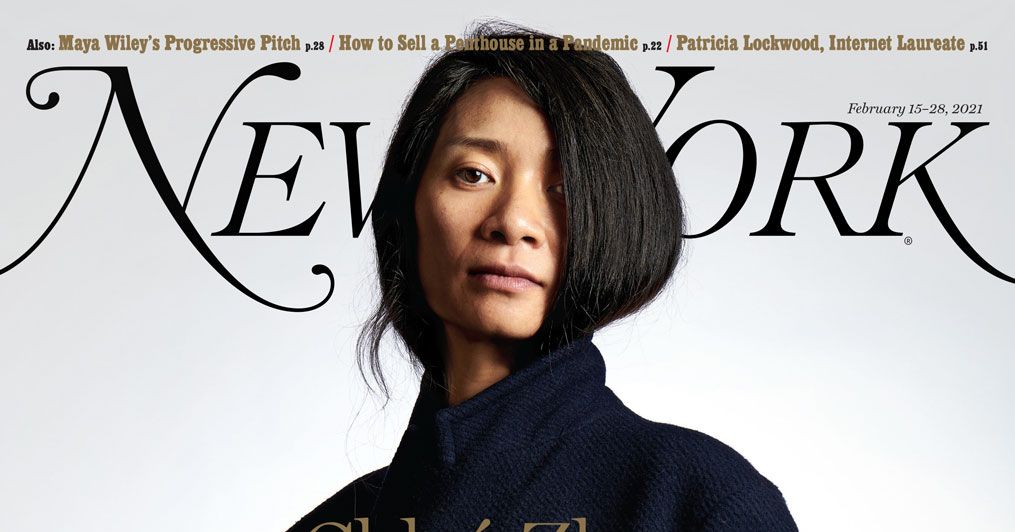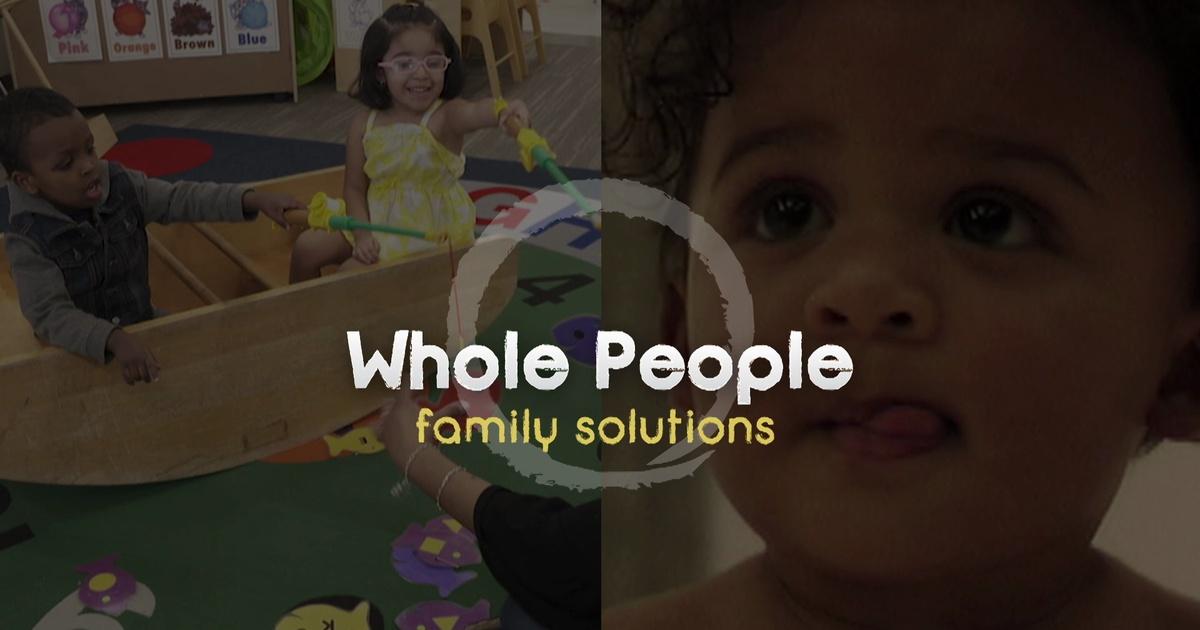
- Select a language for the TTS:
- UK English Female
- UK English Male
- US English Female
- US English Male
- Australian Female
- Australian Male
- Language selected: (auto detect) - EN
Play all audios:
For the first time, students from Middle Eastern countries have replaced Latinos as the largest ethnic group in Glendale schools, a survey released Tuesday by the Glendale Unified School
District revealed. The annual ethnic-diversity survey showed enrollment of students from the Middle East, primarily Soviet Armenia, as jumping nearly 4% since 1988, to 5,917 students. They
account for 24.5% of the student population. More than 5,000 Middle Eastern students have entered Glendale schools in the past three years. “It’s been a fascinating year, to watch the change
in our demographics,” said Jim McGlashan, the district’s director of testing, evaluation and career education, speaking Tuesday to board of education members. Because people from the Middle
East are not considered a minority group by the federal government, Latinos remained the largest minority group in the district, with 5,862 students or 24.2% of the total student body, a
0.5% increase from last year. Asians--mostly Koreans--made up the second-largest minority group, while Pacific Islanders and Filipinos were a distant third and fourth. Two other minority
groups counted--American Indians and Alaskan natives, and blacks--showed little change. About 255 blacks are enrolled, representing about 1% of the district total, while 41 Indians and
Alaskan natives made up 0.17%. Overall, the percentage of minorities--excluding Middle Eastern students--in the schools fell slightly since 1988, from 42.2% to 41.8%. The number increased
only at the high school level, where it went up about 1%. Total district enrollment is 24,170 students. District officials expressed little surprise at the results of the survey, which
polled Glendale’s 19 elementary, four junior high and four senior high schools. The survey, conducted yearly but not required by law, will not affect the district’s funding or significantly
alter current academic programs, and reflects only a student’s background, officials said. “The changes aren’t significantly different than what was expected,” said Alice Petrossian, the
district’s director of intercultural education. “We’ll just keep doing the same and more.” Northern Glendale schools, which, unlike their southern counterparts, have remained predominantly
white during the past several years, are now experiencing a gradual ethnic influx, district officials said. “Right now, in all the schools, there is not one that isn’t in double digits with
the minorities,” said McGlashan, who prepared the report. “In fact, if you add the Middle Eastern numbers, there’s not one under 20%.” MORE TO READ





